Since the beginning of the pandemic last year, I’ve been thinking a lot about my maternal grandfather. His name was Maurice J. Villemaire, M.D., and he served the town of Milton, Vermont, as a general practitioner for 40 years. He was born in 1902, grew up in Winooski, went to medical school at the University of Vermont, did his residency out of state, and came back home to marry a cute nurse. They settled down on Main Street in Milton, hung out his shingle, and started practicing medicine in the early 1930s. until his death in 1972. His home and office were one and the same.
All this background leads me to the early 1980s when, after my grandmother passed away. My mom and family were cleaning out my grandparents’ house, getting ready for sale. I remember we discovered heavy cardstock signs, 12 x 5 inches, with words like “mumps,” “German measles,” and “scarlet fever” on them. My mom told me the Vermont Department of Health provided these to doctors around the state for when they made house calls and diagnosed one of these dreaded diseases. She remembers my grandfather would nail the appropriate sign to the front door of a house as a quarantine measure. I always found it amazing that any of these signs survived, but under the front stairs were a stack of them!
Science has come a long way: German measles (rubella) is no longer constantly present in the U.S. thanks to a vaccine developed long ago. Likewise, smallpox, a highly contagious, disfiguring and often deadly virus, was also eradicated decades ago after a worldwide immunization program. The World Health Organization considers it one of the biggest achievements of the time, in international public health. Whooping cough (pertussis), though not eradicated, is a highly contagious respiratory tract infection that is easily preventable by vaccine.
The Centers for Disease Control & Prevention (CDC) reported that polio was once one of the most feared diseases in the U.S. In the early 1950s, before the polio vaccines were available, polio outbreaks caused more than 15,000 cases of paralysis each year. Do you remember seeing pictures of people lying in an iron lung?
Following development by Dr. Jonas Salk in 1955 of the polio vaccine, the number of cases fell rapidly to less than 100 in the 1960s and fewer than 10 in the 1970s.
His name was Maurice J. Villemaire, M.D., and he served the town of Milton, Vermont, as a general practitioner for 40 years.
This brings me to the date of May 4, 1954, when my grandfather, Doc Villemaire, administered the first polio vaccine shot in Vermont to a child in Milton as part of national testing of the vaccine! I’ve often wondered what was going through his mind at the time? Would it save lives? Was he doing the right thing?
Now, here we are, in 2021 with our very own version of a pandemic that has killed so many worldwide. I’m sure you’ve all read or heard news about the unprecedented research, development, time, money, and rollout of the COVID-19 vaccine.
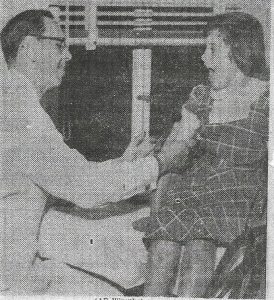
I still marvel today how men and women so many, many years ago, without the high-tech computers and modern-day scientific tools, were able to discover and produce those older vaccines that are still in use.
I’m so very proud I can say that, back in his day, he was on the front lines and helped save lives! This also goes to show just how far the human race has come, yet how far we still have to go.
UPDATE: With regard to my last article about the woodchuck, it seems he got into our neighbor’s shed and met his demise! I didn’t ask cause of death.

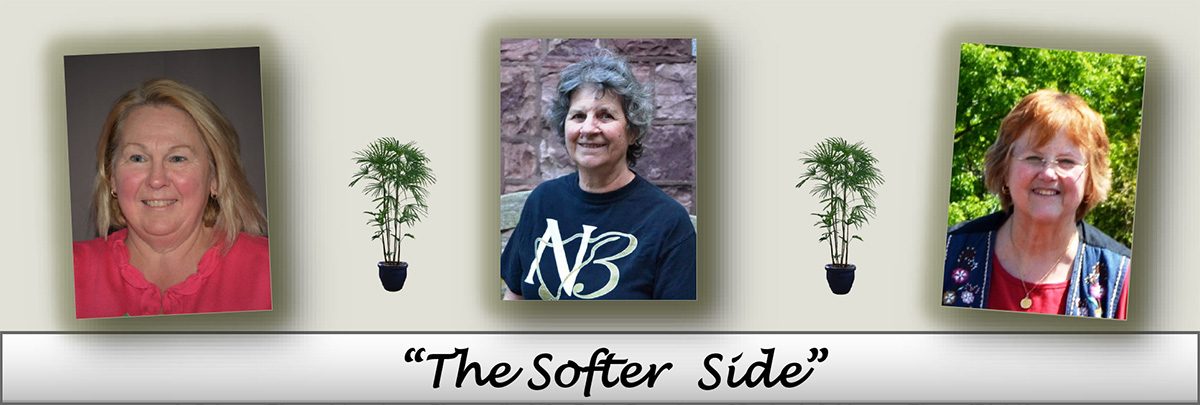
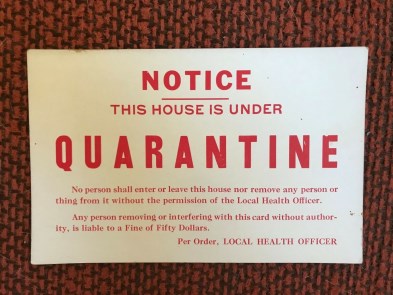
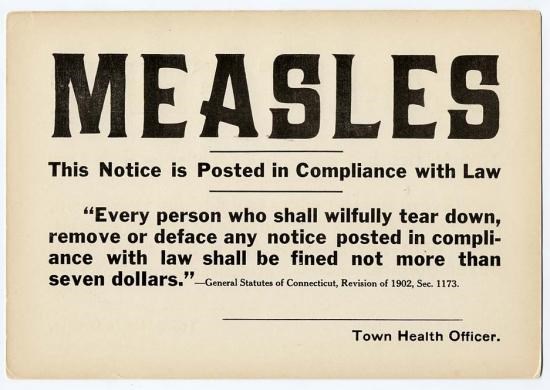
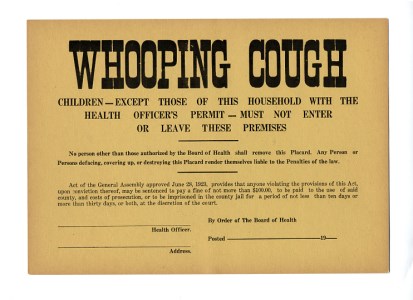
Leave a Reply